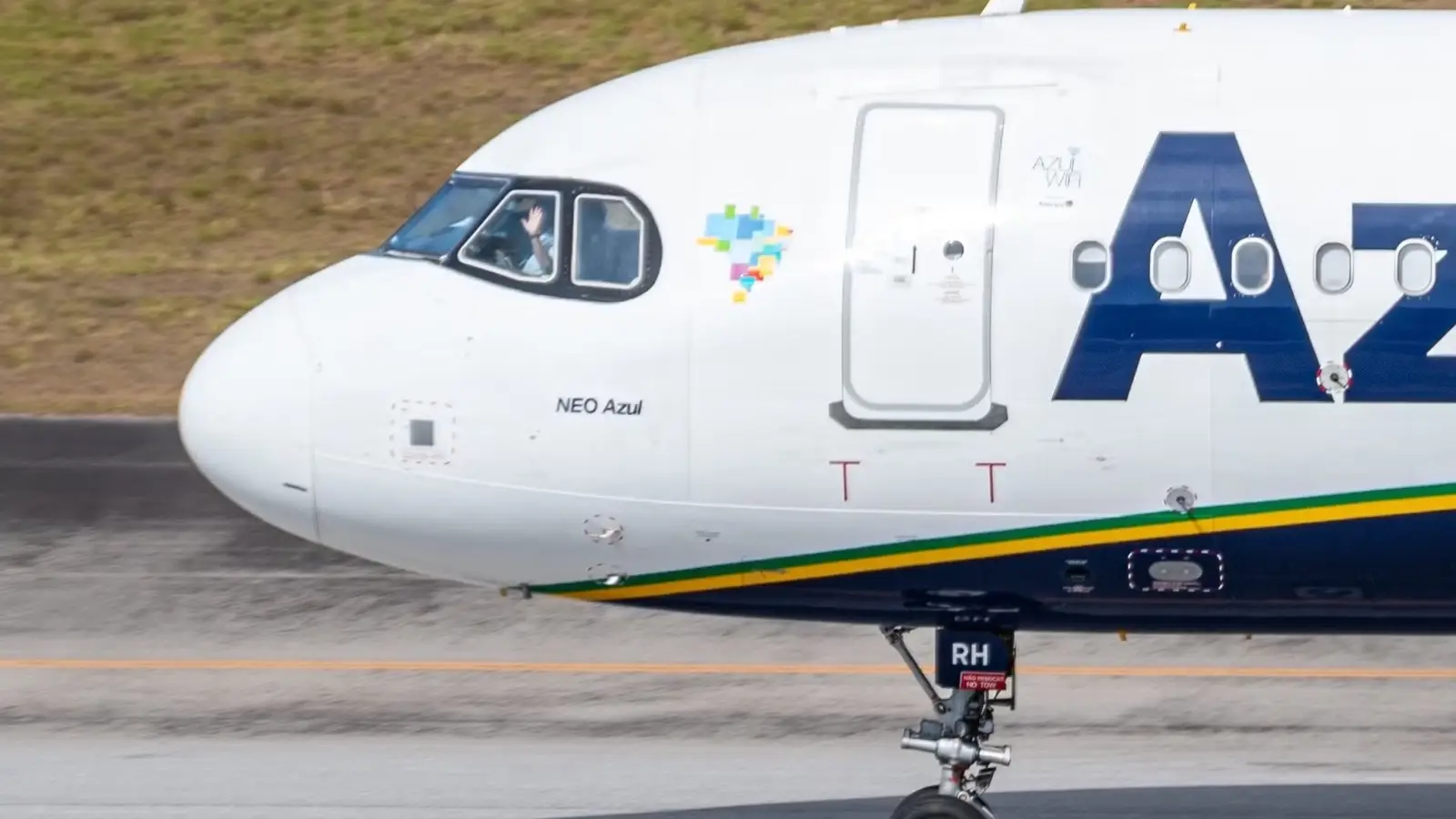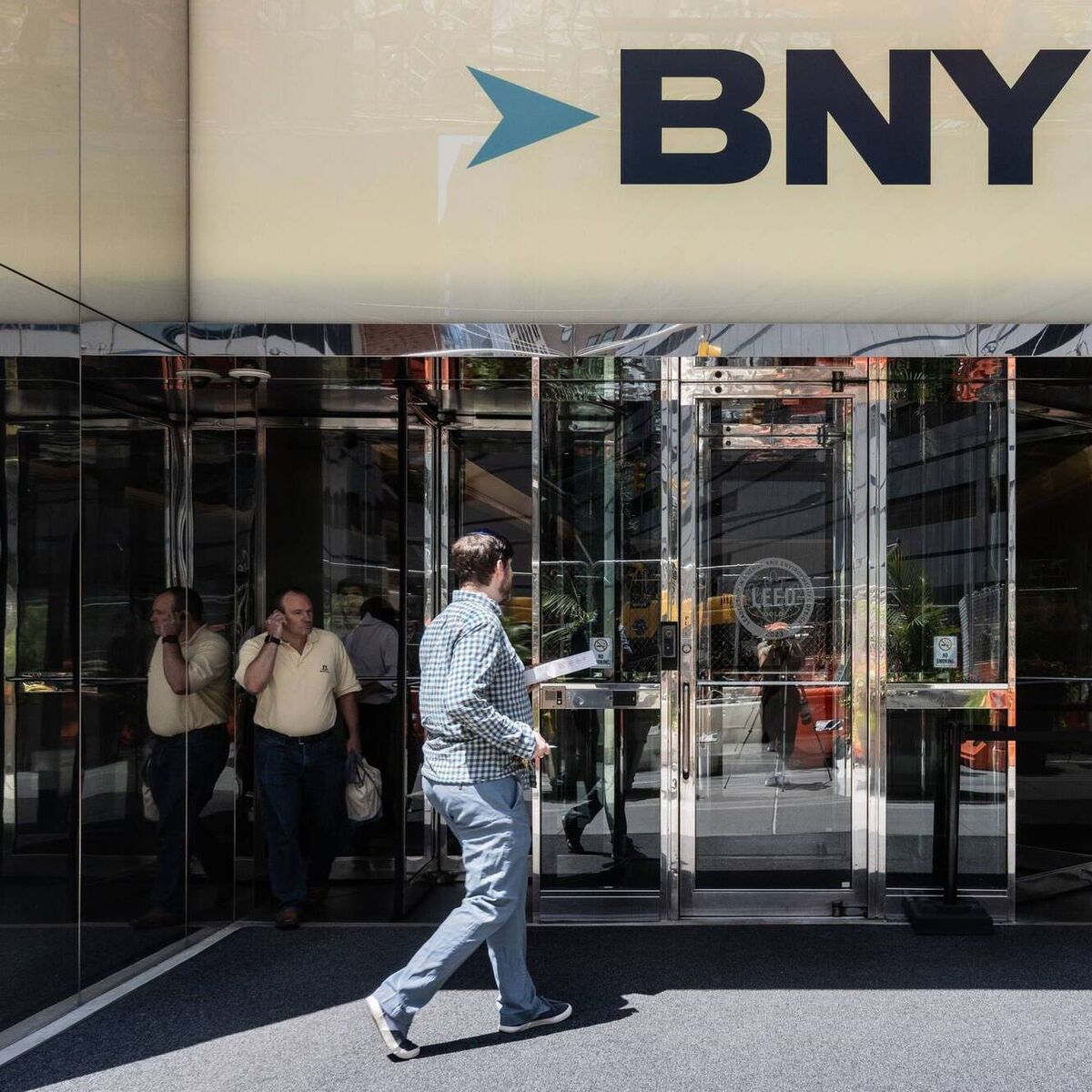
Azul Linhas Aereas, a Brazilian airline that has been in Chapter 11 bankruptcy protection since May, will be accelerating its fleet and network simplification efforts in order to exit restructuring by the time early 2026 comes around. The airline is looking to simplify its network by returning additional aircraft (mostly first-generation Embraer E195s) on top of the company’s prior requests that will see it reduce its fleet by around 35%. Azul ended the second quarter with a fleet of 186 aircraft, with all units slated for return being models that were previously out of service, ultimately limiting the impact on customers.
From a network perspective, the company has exited more than 15 cities, and it plans to cut more than 50 routes to concentrate on serving higher-margin demand and higher-fare customers. This plan will eliminate more than $2 billion in debt that remains outstanding and will add around $1.6 billion in financing, helping build up to $950 million in new capital with support from American Airlines and United Airlines. The carrier is also planning a $1 billion savings deal with aircraft leasing giant AerCap.
A Deeper Look At Azul’s Fleet Simplification Efforts
Azul is pursuing a fleet simplification effort, with maintenance-heavy first-generation Embraer E195s set to exit the fleet. This will help the airline slash its leasing and Maintenance costs while lifting average aircraft utilization. Targeted aircraft are already out of service, so the revenue impact will be limited while the company will see costs fall. This is exactly the combination that a company facing bankruptcy needs.
Having a smaller and simpler fleet helps the airline pivot its network towards higher-margin services, with less capacity allocated to thin-margin markets. The benefits of this are fairly clear, with lower cost per available seat mile (CASM), better reliability, and improved capital expense relief. In a statement published by Brazilian news outlet Metropoles, the airline had the following words to share:
“Azul was able to leverage the Chapter 11 process to effectively transform its business and simplify its balance sheet.”
What Do These Moves Mean For Azul?
Azul’s latest moves signal that the airline is serious about its restructuring effort and is prepared for a disciplined reset. The company aims to prioritize liquidity, simplify its operations, and help rebuild margins before it tries to grow. The airline will be returning high-maintenance aircraft and trimming its fleet by around 35%, both moves that demonstrate its interest in having a more extensive cost management footprint.
The airline has elected to pair its Chapter 11 concessions with clean balance-sheet driven fixes, including up to $950 million in new equity, which will be financed by both American Airlines and United Airlines. Azul’s objectives are to continue improving operational performance (like on-time ratings) while pivoting its network (which currently includes more than 15 cities and 50 routes) to help concentrate capacity into high-yield origin and destination pairs.
In exchange for this cost improvement, the airline is sacrificing growth and connectivity, and a potential loss of market share on routes that it jointly operates with LATAM and GOL. Airline pricing power could continue to fade if Brazil’s macro picture softens and competitiors decide to add capacity into the airline’s core markets.
What’s The Bottom Line?
At the end of the day, Azul’s decision to return several aircraft was a natural consequence of its bankruptcy. Courts, creditors and equity holders are all demanding that the company reorganize its cost structure.
The importance of maintaining strong margins and a focus on high-yield traffic cannot be understated. As Azul attempts to emerge from restructuring, the airline must focus on solidifying its network footprint.
Continuing to operate a costly fleet on lower-margin routes has weakened the airline’s financial picture. Now, investors and creditors expect diligence and cautious growth from the company.



